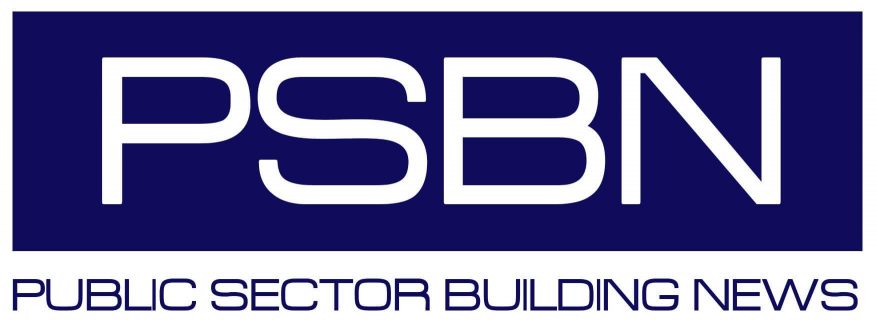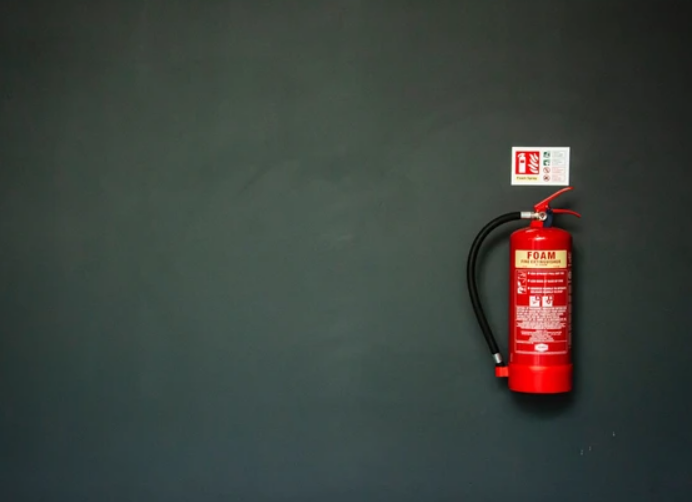Fire risks are by no means limited to the public sector. Commercial properties must also take every precaution to prevent a fire and contain it if it breaks out. However, the consequences of improper fire safety can be drastic for many public sector buildings, such as schools and hospitals.
A core element of any fire safety is the all-important fire risk assessment. A risk assessment allows you to identify hazards and rank them according to the threat level and likeliness. It will help you identify measures needed to mitigate fire risks and identify those most at risk. Fire risk assessments are vitally important and, therefore, should only be conducted by someone with adequate training and knowledge of fire safety.
Step 1: Identifying Fire Hazards
The recipe for fire is simple – a source of ignition, fuel, and oxygen. One of the core aims of a fire risk assessment is to ensure that potential fuel (anything that burns) is kept apart from sources of ignition. To do this, you need first to identify sources of ignition. Common examples include heaters, lighting, electrical equipment, and open flames. You will also need to identify flammable materials.
Step 2: Identify People At Risk
Some people may be at greater risk than others. This could be due to where they work, for instance. In the case of a fire, people unfamiliar with the premises or evacuation process, such as visitors, may be at greater risk. Children and the elderly may also be particularly vulnerable. You will also need to consider disabilities and whether these will increase the risks for some people.
Step 3: Evaluate and Reduce Risk
The next stage is to populate the evaluation section of your assessment with the finding from steps 1 and 2. Highlight the risks of a fire starting and the people at risk in the event of a fire.
From there, work through removing risks. How can you eliminate the potential for accidents (however unlikely)? Work to remove the potential for an ignition source to come into contact with fuel. Make sure you address the risk to both staff and visitors.
An evaluation should also look at the response procedure if there is a fire. Create a plan to be notified when there is a fire and to notify others. You will also want to designate a person to call the fire brigade if a fire breaks out. You must have planned escape routes and a plan for ensuring everyone safely evacuates the building.
Step 4: Record Your Findings
You must keep a record of fire hazards and the steps taken to reduce them. Small premises with fewer than five regular visitors are not legally required to keep a fire risk assessment though it is still recommended. If, however, your premises has more than five occupants keeping and regularly updating an assessment is required.
Step 5: Review and Revise
It is important that your risk assessment accurately reflects your premises. It will require regular updates and revisions to account for any significant changes to fire risks or your procedures during a fire. These changes must also be shared with other team members. In some circumstances, retraining may be required.
The Legalities Of A Fire Risk Assessment
For a fire risk assessment to be valid, it must meet British Standard regulations. They must also be regularly reviewed by a professional. A review should be carried out 12 months after the initial assessment, and a new assessment should be conducted every five years. You will also need to review your assessment if the building’s purpose or layout changes or if there is a significant change to the number of occupants.



